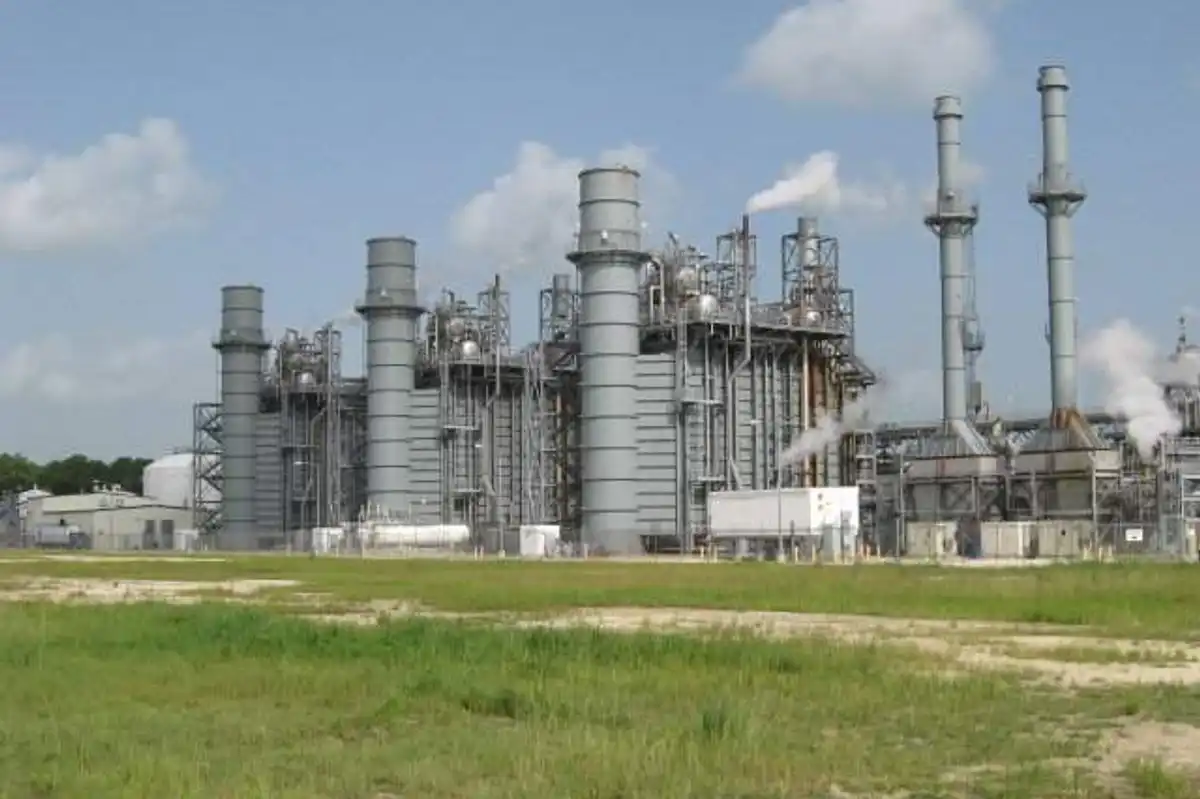How you should be approaching energy recruiting in 2024, per Houston expert
guest column
The January jobs report, per BLS, may be cause for celebration with 353,000 new jobs, but with a low unemployment rate of 3.7 percent, the tight labor market persists.
The same report states there were 2,000 more jobs in oil and gas extraction in January. Finding the right people for energy jobs can be a challenge right now as the industry has experienced flux the past few years. Many energy employers find key talent has moved into new industry verticals, drawn by the promise of increased stability.
Recruiting in the energy sector may be challenging, but the right candidates are out there. It is important for hiring managers to be realistic as they approach recruiting and hiring timeframes and make smart hiring decisions. The organization will be better off in the long run for this approach.
The following recruiting strategies are poised to support energy employers throughout the year.
Get personal.
Job candidates want to feel like their future employer is genuinely interested in them, which means recruiters should personalize the candidate’s experience. This starts by taking a holistic look at the hiring funnel and considering ways to make each candidate feel as though they are the only one you are talking to for the role.
Each touchpoint impacts how the candidate perceives the organization. The job description should inspire candidates, making them excited to apply and motivating them to dream about a future with your organization. Personalizing recruitment outreach messages to speak to their individual talents instead of a standard, generic message speaks volumes.
Moving through the hiring process as quickly as possible is important, but recruiting is about the long game. There are candidates who fall into place in a matter of days. Other times, you may have a conversation with a candidate months or even years before the timing is right for them to make a move. Asking about the candidate’s professional timeline and letting them know that you are willing to work with them, no matter how fast or slow, makes them feel special and valued by your company.
Be ready to compromise.
It has become hard to find the right fit for some of the energy jobs today. However, this does present an opportune moment for employers to reassess the conventional prerequisites typically required for specific positions. Criteria such as an exact college degree, a specified number of years of relevant experience, industry-specific expertise, an unbroken work history and proficiency in specific software applications are areas to reconsider in the job postings, job descriptions and interviews. This strategic adjustment broadens the talent pool and provides access to individuals whose suitability for a role might have been overlooked. Shifting away from stringent education backgrounds and narrowly defined experience, and instead prioritizing qualities such as adaptability and learning capabilities in the search for candidates, recruiters may discover a smoother path to securing qualified candidates.
Grow internal talent.
Recruitment today also means recruiting internally. The optimal approach to efficiently filling positions is promoting the role internally as existing employees have a vested interest and are deeply ingrained in the company’s culture. Their familiarity with colleagues, procedures and protocols facilitates a swift transition into new roles. In order for this to become a possibility, it’s imperative for leaders to nurture internal talent through professional development initiatives that equip employees with the skills needed for advancement. Tailored learning opportunities, mentorship and guidance for reskilling and upskilling can foster internal mobility, enhance employee retention and ensure sustained success. With all this in mind, recruiters should keep in close contact with management teams to discuss internal candidates and their career path.
There is no one way to recruit in 2024, but focusing on the individual and their skills as well as in-house candidates can make it a successful endeavor.
------
Jill Chapman is a director of early talent programs with Insperity, a leading provider of human resources and business performance solutions.
This article originally ran on InnovationMap.











